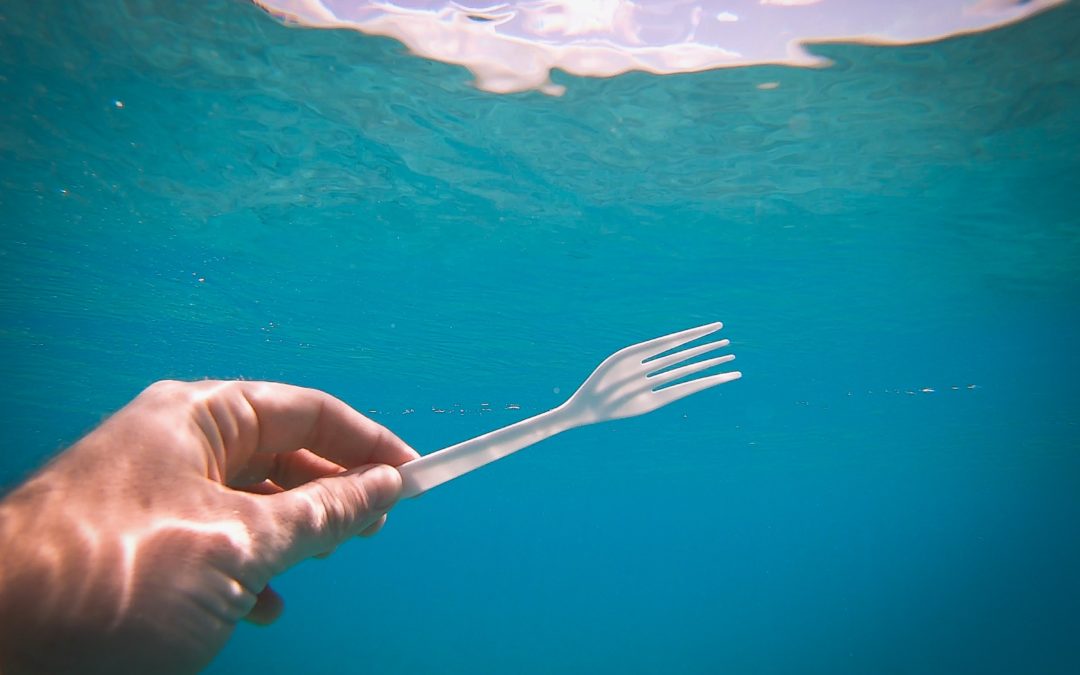Where water pollution is concerned, the statistics are staggering.
Each year, eight million tons of plastic are dumped into the world’s oceans. There are estimated to be 5.25 trillion pieces of plastic in those bodies of water, comprising between 60 and 90 percent of the pollution found there. By 2050, there will be more plastic in the ocean than fish.
Plastic kills marine animals — about 100 million of them perish each year from such waste — and it’s killing humans too. The chemicals contained in it, which are ingested by fish and in turn by humans, are known carcinogens. They also affect hormonal function. Not to be forgotten, either, is the fact that we depend on the oceans for drinking water and oxygen; if those bodies of water are compromised, so are we.
It will take various means, not to mention international cooperation, to solve a problem of such colossal proportions. But 3D printing may prove to be a part of the solution, especially since it attacks the problem from the standpoint of both sustainability and recycling.
Consider, for example, the 3D printer known as Ekocycle, which is made by 3D Systems, one of the leaders in the field. It is capable of extruding recycled bottles like those collected by various organizations (and various devices, such as the Ocean Cleanup Array, invented by Dutch teenager Boyan Slat).
The machine, which is not yet available to the public, transforms those bottles into raw materials for new products.
Also gaining traction, especially among manufacturers seeking greater cost-effectiveness, is the concept of sustainability through 3D printing. The Bio-Shelters Project aims to explore recycling in 3D printing using various alternative materials including wood, clay, sugar, cellulose fiber, recycled paper and concrete.
Team members of the Bio-Shelters Project are challenged to build seawalls out of sustainable materials. Both the United States and Europe have thousands of miles of natural coastlines in which about half have been modified with artificial structures including seawalls. These structures provide protection to shorelines and enhancement of fisheries. They also help with water filtering.
But the Bio-Shelters Project takes seawall building to a new, sustainable level. By taking into account the ecological conditions where the seawalls and bio-shelter attachments are to be installed, they can create the structures from materials that are uniquely appropriate for each location. Some of the materials added to a standard concrete mix included crushed oyster shells from Sydney vendors, vermiculite, crushed rock and sand.
The end products from 3D printers for the project are silicone molds of 200 x 200 x 50 mm tiles, which are currently used in the ocean for testing. Researchers want to learn about the structural quality of materials underwater and how they affect marine life.
One of the key issues about 3D printers for ocean use centers around which recycled materials are most suitable for sustainability and performance. The old saying “one man’s trash is another man’s treasure” has renewed meaning in the age of sustainability, as scrap materials and other rejected materials have taken on huge recycling value.
The advent of the 3D printer will play an exciting and crucial role in cleaning up plastic pollution in oceans around the world. It may not be enough to eradicate the tons of plastic debris dumped into our oceans each year, but it is one small and meaningful step in the right direction.
